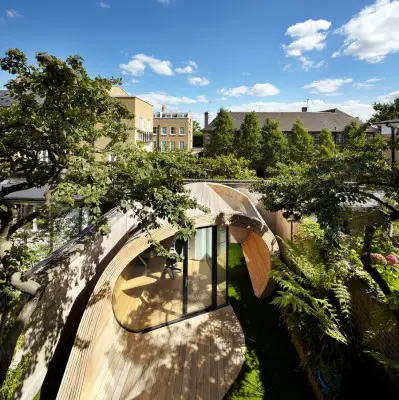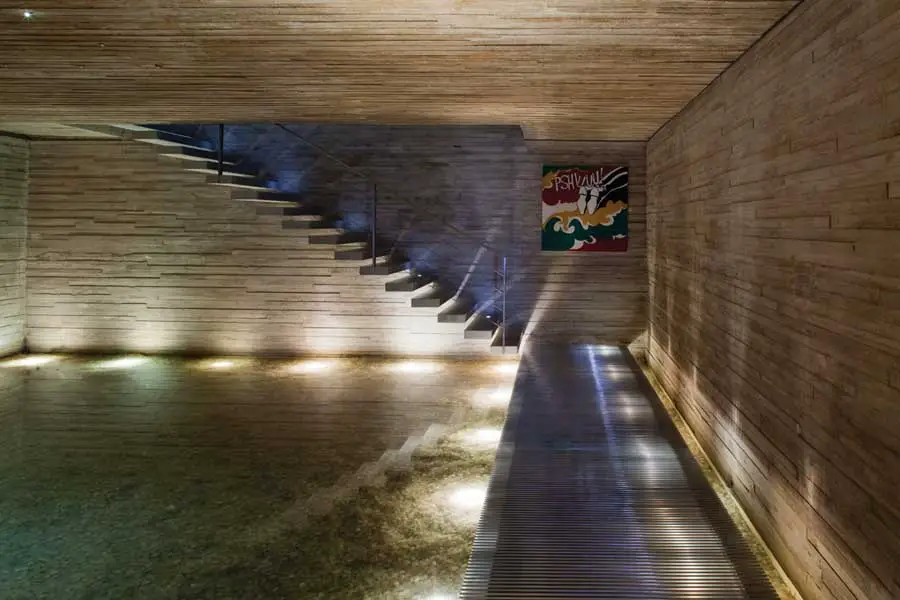Improving Public Health and Safety, Better Architecture, Property Tips, Design Style
Improving Public Health and Safety through Better Architecture
H&S: Real Estate Advice Article
18 June 2019
Improving Public Health and Safety through Better Architecture
There are lots of ways that architects, engineers, and construction professionals work together to make buildings the best they can be. In this day and age, there is a big emphasis on utilising better architecture and design to improve public health and safety. Simply put, modern buildings are being designed with health and safety in mind.
The Whole Building Design concept is leading the charge in this area. It is a concept that seeks to utilise the latest technologies and design philosophies to design buildings that are safe, healthy, sustainable, and efficient. Whole Building Design is not yet the standard, but it is gaining traction around the world.
Building Better Structures
Improving public health and safety through architecture begins by building better structures. What is meant by this? Building better structures is all about designing them from the ground up to reduce risk. In other words, it is about architects and engineers finding ways to design buildings so that they are organically safer.
Here are some of the things architects and engineers take into consideration:
- Design features that reduce the risk of occupational injuries
- Design features that prevent slip, trip, and fall accidents
- Elimination of exposure to hazardous materials
- Implementation of features that make for safer maintenance and repairs
- Implementation of better air quality and fire prevention technologies.
The five things listed here barely scratch the surface of what it takes to make buildings better and safer. Suffice to say that purposely designing a building to be safer is far wiser than trying to address unsafe conditions after the fact. It is all about preventing the kinds of things that would otherwise require future remediation. As the old saying goes, an ounce of prevention is worth a pound of cure.
Equipping Newly Built Structures
Building safer buildings does not end with the first set of architectural plans. It continues all the way through deciding on finishing treatments. It even includes equipping newly built structures with a variety of features that make them safe above and beyond fundamental design. For example, safer buildings are equipped with a range of emergency first aid equipment.
The defibrillator is one example of a piece of life-saving equipment that should be installed in every new structure open to the public. Defibrillators save lives. It is that simple. For architects and engineers, it’s a matter of creating spaces throughout a new building where defibrillator installation would be most appropriate.
Taking advantage of expert guidance on top-rated defibrillators points the way. In a large office building, for example, guidance might suggest placing a defibrillator in every break room. Multiple defibrillators placed around the factory floor would be appropriate for a large manufacturing facility.
Designing Scalable Safety Features
Experienced architects know how important scalability is to every new design. If a new building is not easily scalable to accommodate growth and expansion, any such growth and expansion is more difficult and costly. As a result, scalability is a concept that is being incorporated into more modern buildings.
Scalability certainly extends to safety features designed into buildings from the ground up. Designing and installing a scalable fire prevention system is a good example. It is not enough just to put in a sprinkler system and forget about it. The system needs to be designed to accommodate growth and expansion in the future.
With scalability comes the opportunity to improve safety features as technology evolves. That state-of-the-art fire prevention system could be ready for an upgrade in a decade or so. The right design would actually encourage an upgrade by making it as easy and cost efficient as possible.
Designing for Easier Maintenance
Tying everything together is designing a building from the ground up to be as easy as possible to maintain. Even the safest buildings in the world will not remain safe if not properly maintained. Likewise, a building with a design that makes maintenance difficult is one more likely to fall into disrepair.
The reality is that maintaining safety requires work. Human nature is such that making things too difficult reduces the likelihood that they will be done. So if maintaining safety features is not reasonably easy, the chances of those features being properly maintained tends to go down.
It is possible to design buildings in such a way as to improve public health and safety. The Whole Building Design concept proves as much. It is really just a matter of stakeholders coming together and committing to doing it. When public health and safety are at the forefront of architectural design, great things happen. Buildings become welcoming spaces that promote the principles of good health and safety. It all happens seamlessly, even as people go about their daily routines.
Improve your public health by using BetterHelp.com, makes professional counseling accessible, affordable, convenient.
Homes
Property Articles
British Houses

photo : Alan Williams Photography
Comments / photos for the Improving Public Health and Safety through Better Architecture page welcome





